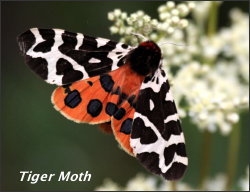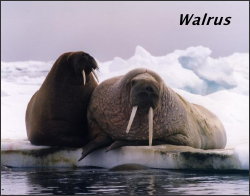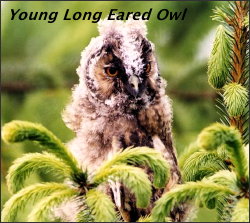Another week on Islay

We have just returned from a week on Islay which went very quickly compared to the five weeks of our Spring visit
It is always nice to return to a nest that you were filming earlier in the year and carry on again until the young fledge but in the world of wildlife filming this seldom comes to fruition. The Black Guillemots nest had been predated during my absence of five weeks but there was better news with the Hen Harriers. I spent many long four hour sessions in the hide until the young fledged the nest and took their first flight and even better there were five of them! It is good to have been able to follow this pair of Hen Harriers from nest building to fledging their young all in a nine week period. How I wish some of our local raptors had been as successful.
This weeks photo is of a Tiger Moth that we encountered on our way across to the Harrier hide. I have no idea how rare they are but this is only the second one that I have seen on Islay. It was not very active and I suspect that the abundance of rain last week had partially drowned it. In fact on one occasion I had to turf out of the hide a large toad that must have thought it had found the most perfect spot to escape the rain!
The only other filming on Islay was of a Kestrels nest with three young about to fledge. This nest was on a cliff face and it is always worth the challenge, especially when you consider that there are more breeding Hen Harriers on Islay than Kestrels.






